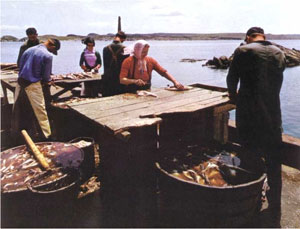Safeguarding

We often talk about “preserving our culture,” but the concept of preservation comes largely from work in the field of tangible heritage (buildings, monuments and artifacts), where objects are rescued and sometimes restored to reflect a particular time period. We have heritage houses and period furniture, for example, that reflect values of an earlier time. We preserve these things as reminders of our past.
Intangible cultural heritage is different. ICH exists today, and it is not just found in things. ICH includes the knowledge and skills involved in creation, and the ongoing performance of activities. ICH requires, therefore, a different set of strategies to ensure that it continues to exist. ICH may come from our past, but it continues to live and evolve here and now.
UNESCO prefers the term “safeguarding” (rather than preservation) when acting to keep ICH viable. Safeguarding covers many activities that are aimed at sustaining traditions, and the skills and knowledge that they include. Safeguarding means measures aimed at ensuring the viability of intangible cultural heritage, including the identification, documentation, preservation, protection, enhancement, promotion and transmission through formal and non-formal education, as well as the revitalization of the some aspects of such heritage.
Safeguarding, as UNESCO argues, is based on full participation of each community in deciding which activities are best to ensure viable living traditions.